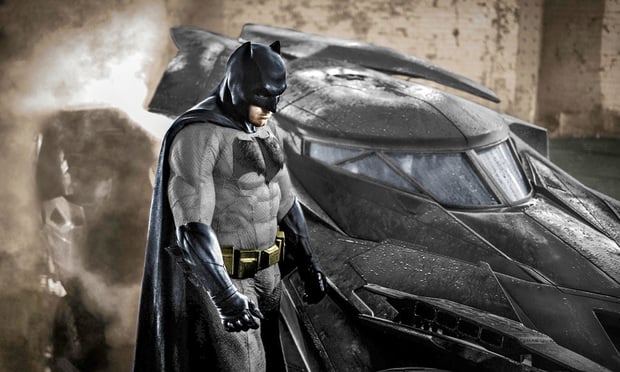Law.com Subscribers SAVE 30%
Call 855-808-4530 or email [email protected] to receive your discount on a new subscription.
Update On Bankruptcy Appellate Practice: Part One — Appellate Standing
Appeals from bankruptcy court orders continue to play a key role in bankruptcy practice. The relevant sections of the Judicial Code and the Federal Bankruptcy Rules arguably cover all the relevant issues in a straightforward manner. Recent cases, however, show that neither Congress nor the Rules Committees could ever address the myriad issues raised by imaginative lawyers. The appellate courts continue to wrestle with standing, jurisdiction, mootness, excusable neglect and finality, among other things. The following overview, in a series of installments, shows what the courts have been addressing during just the past three years. This first installment will cover appellate standing.
Background: Judicial Code and Federal Rules
The Judicial Code (§§157, 158, 1291 and 1292) governs appellate jurisdiction in bankruptcy cases. The Federal Rules of Bankruptcy Procedure (Part VIII) and the Federal Rules of Appellate Procedure determine how and when to file an appeal. 28 U.S.C. §158(c)(2) provides that "an appeal under [section 158(a)-(b) from the bankruptcy court to a district court or bankruptcy appellate panel ("BAP")] shall be taken in the same manner as appeals in civil proceedings generally taken to the courts of appeals from district courts." The case law, though, is inconsistent and more complex.
Appellate standing under Article III of the U.S. Constitution generally "need not be financial and only need be fairly traceable to the alleged illegal action." In re Congoleum Corp., 426 F.3d 675, 685 (3d Cir. 2005), citing Miller v. Nissan Motor Acceptance Corp., 362 F.3d 209, 221 (3d Cir. 2004) (listing elements of Article III standing). But courts have limited appellate standing in bankruptcy cases, as shown below, "to persons or entities that are aggrieved by an order which diminishes their property, increases their burdens, or detrimentally affects their rights." Congoleum, 426 F.3d at 685, citing Travelers Ins. Co. v. H.K. Porter Co., Inc., 45 F.3d 737, 742 (3d Cir. 1995).
This premium content is locked for Entertainment Law & Finance subscribers only
ENJOY UNLIMITED ACCESS TO THE SINGLE SOURCE OF OBJECTIVE LEGAL ANALYSIS, PRACTICAL INSIGHTS, AND NEWS IN ENTERTAINMENT LAW.
- Stay current on the latest information, rulings, regulations, and trends
- Includes practical, must-have information on copyrights, royalties, AI, and more
- Tap into expert guidance from top entertainment lawyers and experts
Already a have an account? Sign In Now Log In Now
For enterprise-wide or corporate acess, please contact Customer Service at [email protected] or 877-256-2473

Major Differences In UK, U.S. Copyright Laws
This article highlights how copyright law in the United Kingdom differs from U.S. copyright law, and points out differences that may be crucial to entertainment and media businesses familiar with U.S law that are interested in operating in the United Kingdom or under UK law. The article also briefly addresses contrasts in UK and U.S. trademark law.

The Article 8 Opt In
The Article 8 opt-in election adds an additional layer of complexity to the already labyrinthine rules governing perfection of security interests under the UCC. A lender that is unaware of the nuances created by the opt in (may find its security interest vulnerable to being primed by another party that has taken steps to perfect in a superior manner under the circumstances.

Strategy vs. Tactics: Two Sides of a Difficult Coin
With each successive large-scale cyber attack, it is slowly becoming clear that ransomware attacks are targeting the critical infrastructure of the most powerful country on the planet. Understanding the strategy, and tactics of our opponents, as well as the strategy and the tactics we implement as a response are vital to victory.

Removing Restrictive Covenants In New York
In Rockwell v. Despart, the New York Supreme Court, Third Department, recently revisited a recurring question: When may a landowner seek judicial removal of a covenant restricting use of her land?

"Holy Fair Use, Batman": Copyright, Fair Use and the Dark Knight
The copyright for the original versions of Winnie the Pooh and Mickey Mouse have expired. Now, members of the public can create — and are busy creating — their own works based on these beloved characters. Suppose, though, we want to tell stories using Batman for which the copyright does not expire until 2035. We'll review five hypothetical works inspired by the original Batman comic and analyze them under fair use.

